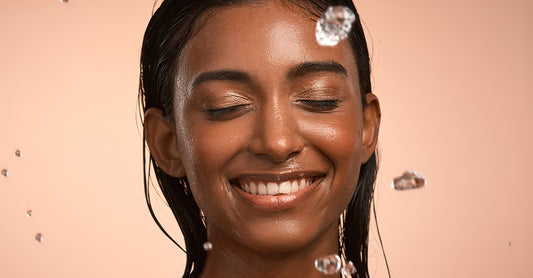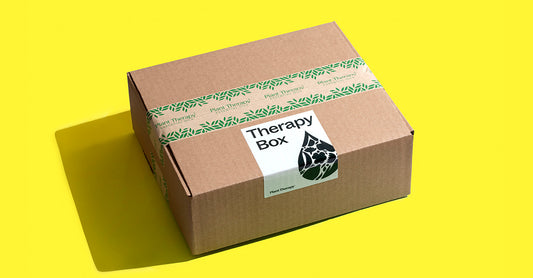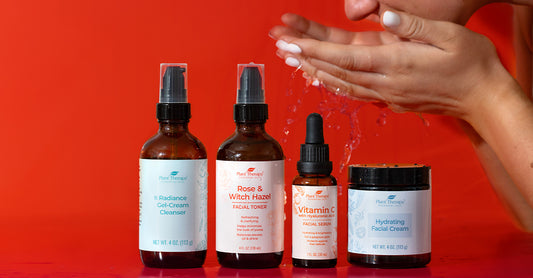The definition of diffusion is “the spreading of something more widely.”
“The natural process in which the atoms, molecules or ions of different substances intermix due to their spontaneous random motion”. (4)
You already know that you can reap the benefits of essential oils by simply bringing a bottle of essential oils to your nose and inhaling, but using an essential oil diffuser lets you enjoy the benefits of essential oils hands-free anywhere in a room.
Methods of diffusion
 Passive diffusion: A personal aromatherapy inhaler
Passive diffusion: A personal aromatherapy inhaler
A personal inhaler delivers scent into the body via the lungs. Inhalation is an effective method of use for essential oils so a personal inhaler is very convenient as they are portable. This is a much more concentrated inhalation application than just putting a drop on a tissue, or in a room diffuser. They are in a protective shell so there is very little evaporation of essential oil and they have a very long shelf life.
Inhalers work by dropping oil onto a cotton wick inside an inhaler, positioning the inhaler close to your face and you taking a deep breath. If you want personal and quick access to the benefits of essential oils with no water or electricity required, aromatherapy inhalers are the best choice.
Add Aromatherapy Inhaler 3-Pack to your cart
 Mist diffusion: The ultrasonic diffuser
Mist diffusion: The ultrasonic diffuser
These diffusers produce a fine mist using water.
These are some of the most popular types of diffusers and perfect for use in your home. This simple technology uses electronic frequencies to vibrate a small disk placed under a small amount of water that releases the oil into a fine mist. Ultrasonic diffusers come in sleek and attractive designs that fit modern decor, plug into the wall and only require a small amount of water and a few drops of oil. Our AromaFuse Diffuser is one of our most popular diffusers.
Add AromaFuse Diffuser to your cart
Choosing a diffuser that’s right for you
 Choosing an essential oil diffuser can seem daunting for a beginner, but it’s really not that hard, I promise!
Choosing an essential oil diffuser can seem daunting for a beginner, but it’s really not that hard, I promise!
Different aromatherapy diffusers work in different ways to disperse essential oil molecules into the air.
The type of aromatherapy diffuser that’s right depends on your lifestyle and how you use essential oils in your everyday life.
 Passive diffuser/Personal aromatherapy inhaler:
Passive diffuser/Personal aromatherapy inhaler:
Aromatherapy inhalers are an excellent choice if you want quick relief with essential oils–anytime, anyplace. Inside grocery stores, airplanes or important meetings can be stressful places, and conventional portable essential oil diffusers aren’t always appropriate for public usage.
Other options for passive diffusion include:
- KidSafe Aroma Plush diffusers for children
- Reed diffuser for the home
- Paw Pal diffuser for furry friends
- Aromatherapy jewelry
 Large room-scale mist diffuser:
Large room-scale mist diffuser:
Because these diffusers are designed to fill a room with the therapeutic benefits of essential oils, this diffuser is best for use in larger spaces in the home. But be careful, if you have cats in the house diffusing around them can be harmful, so make sure you diffuse in a room they are never allowed into.
We have even more great information about choosing the best diffuser for you in this blog post.
Other options for mist diffusers:
How to use your diffuser:
 To keep this simple, we’re only going to discuss how to use the two most popular essential oil diffusers: AromaFuse and Personal Aromatherapy Inhalers.
To keep this simple, we’re only going to discuss how to use the two most popular essential oil diffusers: AromaFuse and Personal Aromatherapy Inhalers.
- Remove the cover.
- Add water into the water reservoir until it reaches the water marker. Don’t overfill!
- Add 3-4 drops of essential oil directly into the water.
- Replace the cover.
- Connect the unit to a power source by plugging it in.
- Press the power switch and select your desired time setting.
- Enjoy!
Timer Settings
- Press once: The unit will diffuse until it runs out of water.
- Press twice: The unit will diffuse for 2 hours and then turn off automatically.
- Press three times: The unit will diffuse at 15 seconds on/30 seconds intervals until it runs out of water. This setting is recommended when diffusing all day.
- Press four times: The unit will diffuse at 15 minutes on/30 minutes off intervals until it runs out of water. This setting is recommended when diffusing all day.
- Press five times: The unit will diffuse at 30 minutes on/30 minutes off intervals until it runs out of water. This setting is recommended when diffusing all day.
LED Light Settings
- The LED Light is on when diffusion starts.
- Press the button once to dim the light.
- Press the button twice to turn off the light.
How to use your personal aromatherapy inhaler:
Resources
1 Tisserand, Young (2014) Essential oil Safety: A Guide of Health Care Professionals 2nd Edition
2 Shanti Dechen: The Nasal Inhaler: Aromatherapy’s unsung Hero https://naha.org/naha-blog/the-nasal-inhaler-aromatherapys-unsung-hero
3 Tisserand Institute: How to use essential Oils Safely http://tisserandinstitute.org/safety/safety-guidelines/
4 Wikipedia Inhaler definition https://en.wikipedia.org/wiki/Inhaler










You can purchase refill wicks here.
And remember, no matter what kind of diffuser you choose to get started, you’re still going to get all the amazing benefits of the essential oils you love!